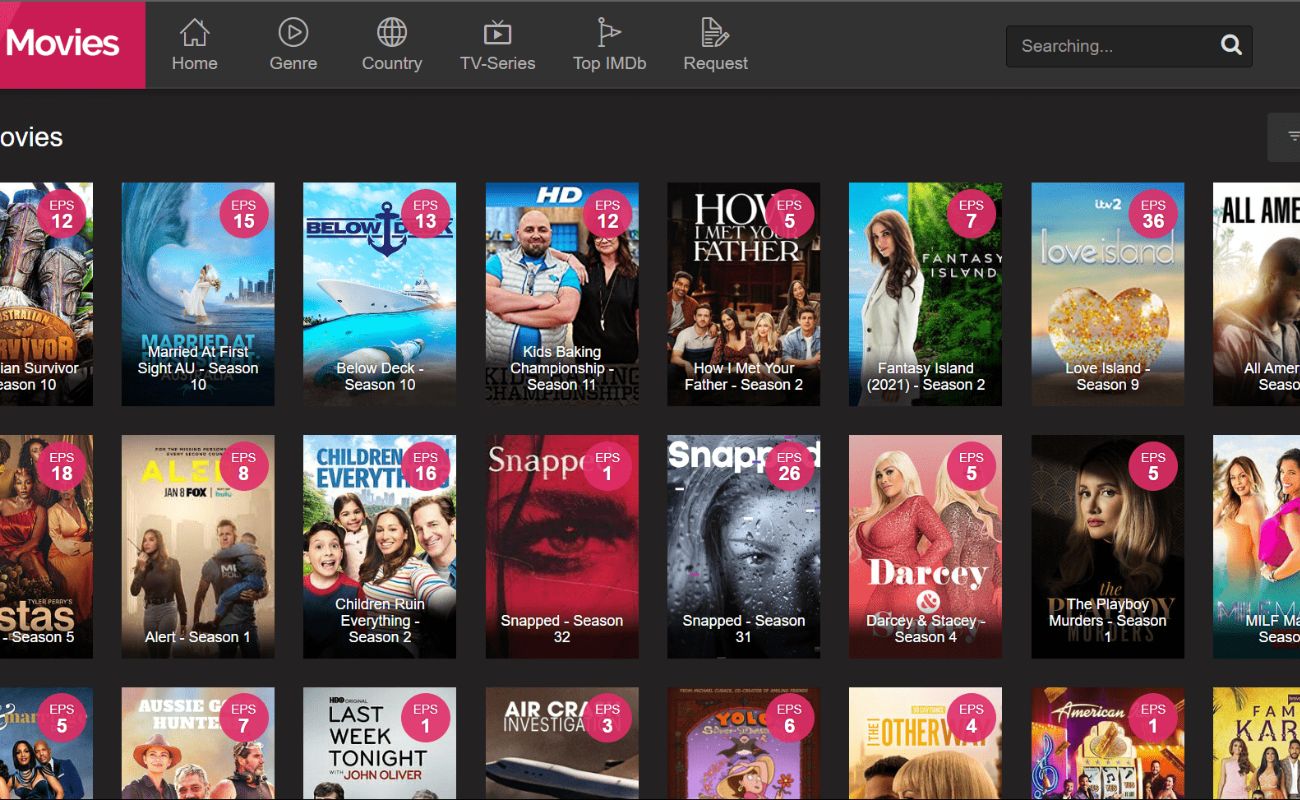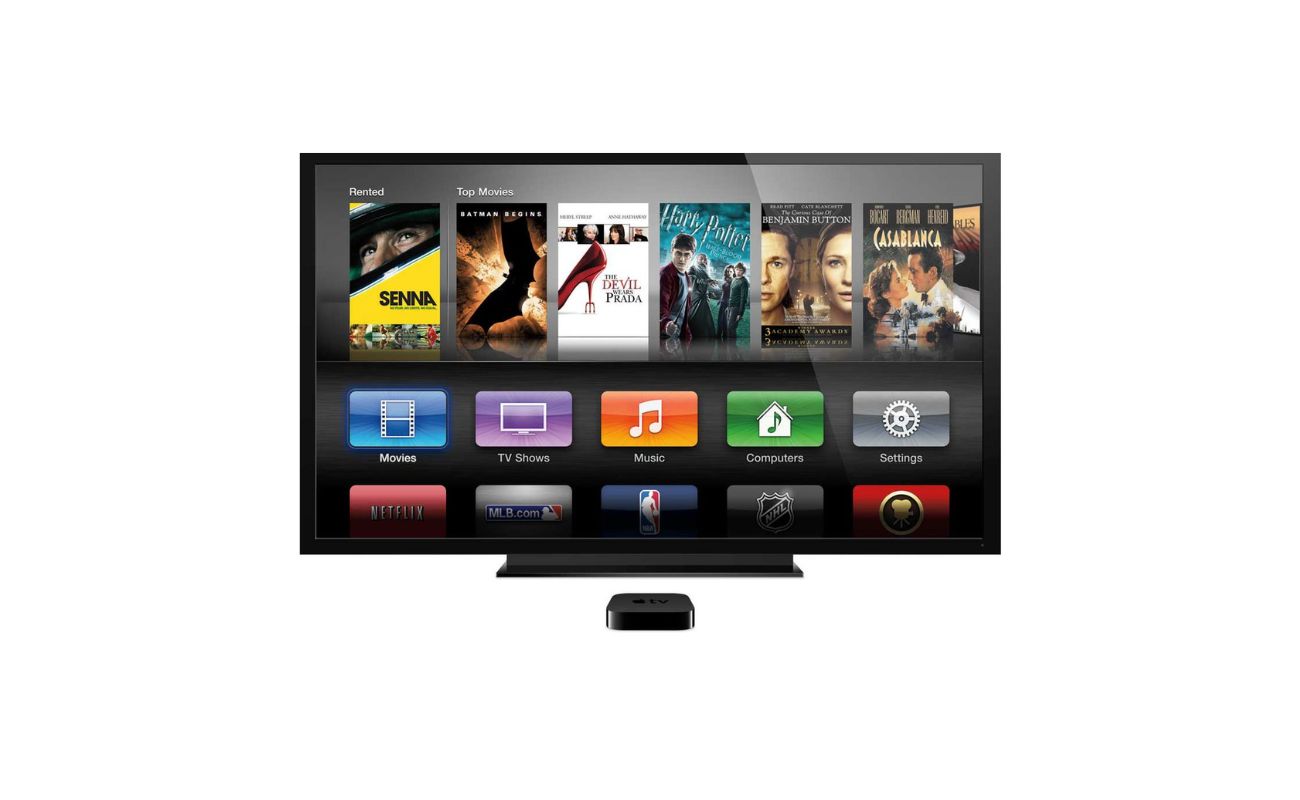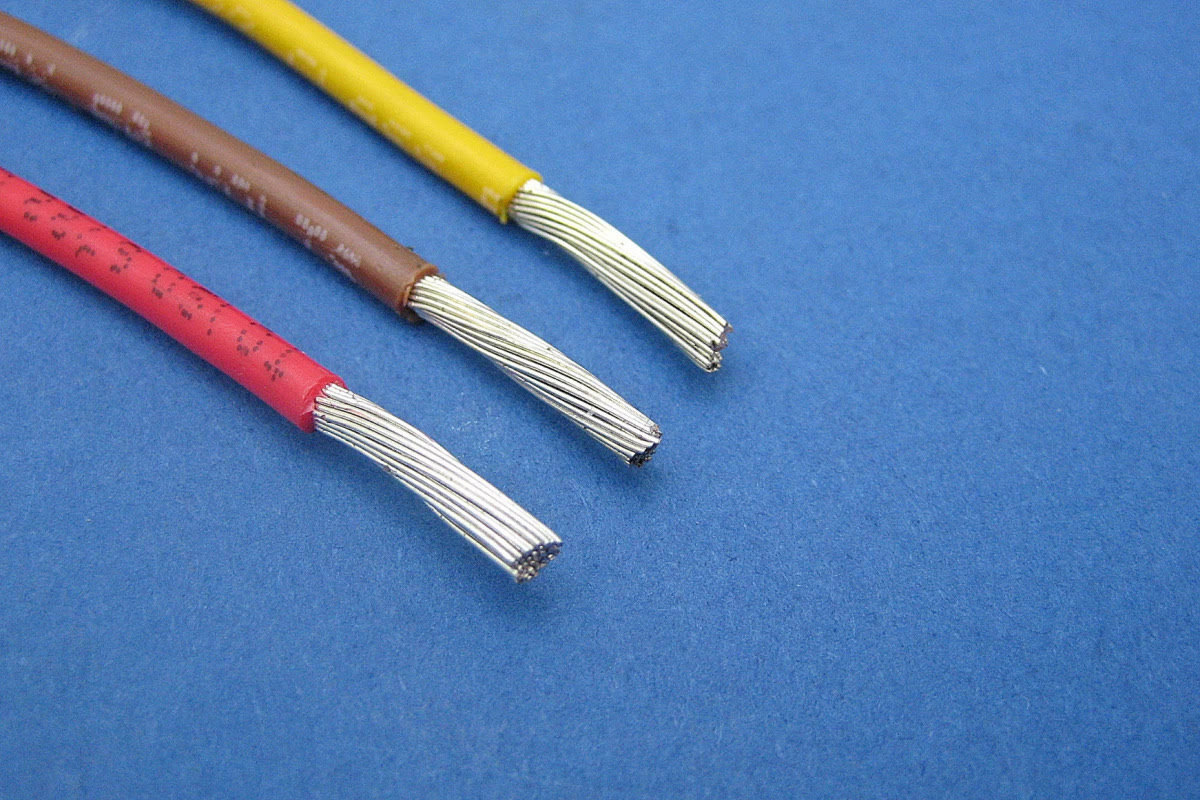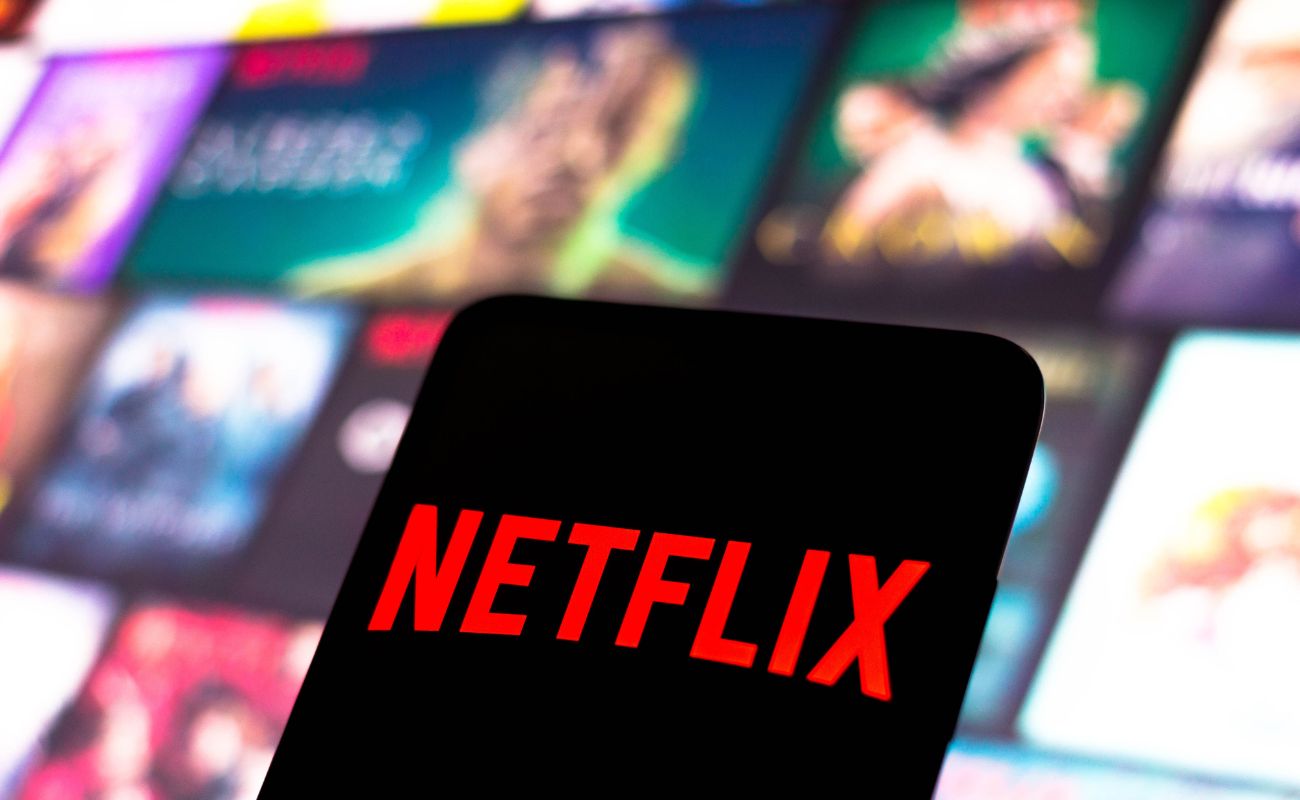Home>Technology>Home Entertainment Systems>How To Watch Television Without Cable Service


Home Entertainment Systems
How To Watch Television Without Cable Service
Modified: January 9, 2024
Learn how to enjoy home entertainment systems without cable service. Discover alternative ways to watch television and save money. Explore the best options for your viewing needs.
(Many of the links in this article redirect to a specific reviewed product. Your purchase of these products through affiliate links helps to generate commission for Storables.com, at no extra cost. Learn more)
Introduction
Welcome to the age of entertainment revolution! Gone are the days when cable TV was the sole gateway to a wide array of television programs. With advancements in technology, viewers now have a plethora of options to watch television without the need for traditional cable service. Whether you’re a sports enthusiast, a movie buff, or a fan of binge-worthy TV shows, the world of home entertainment has evolved to cater to your diverse preferences.
As we delve into the myriad of alternatives available, it’s essential to understand the various options and technologies that enable access to captivating content. From streaming services to digital antennas, smart TVs, and internet-enabled devices, the landscape of home entertainment has expanded significantly, offering unparalleled flexibility and convenience.
Join us on a journey through the realm of home entertainment systems, as we explore the diverse avenues that allow you to enjoy your favorite shows and movies without being tethered to traditional cable services. Whether you’re seeking cost-effective solutions, greater customization, or enhanced accessibility, the possibilities are boundless in this new era of television consumption.
Key Takeaways:
- Say goodbye to traditional cable TV! You can now enjoy a wide range of shows and movies through streaming services, digital antennas, smart TVs, and internet-enabled devices, offering flexibility and convenience.
- Streaming services offer on-demand content, personalized recommendations, and exclusive programming. Digital antennas provide access to local channels without subscription fees. Smart TVs and internet-enabled devices offer seamless access to a wealth of digital content.
Read more: How To Watch Television Online
Understanding the Options
When it comes to watching television without cable service, it’s crucial to grasp the diverse options available. Understanding these alternatives empowers viewers to make informed decisions based on their preferences, budget, and technological capabilities.
One of the most popular avenues for accessing a wide range of television content is through streaming services. Platforms such as Netflix, Hulu, Amazon Prime Video, and Disney+ offer an extensive library of movies, TV shows, and original content. Subscribers can enjoy on-demand viewing, personalized recommendations, and the flexibility to watch on multiple devices, making streaming services a compelling choice for modern audiences.
Another option that has gained traction in recent years is the use of digital antennas. These devices enable access to local broadcast channels, delivering high-definition content without the need for a cable subscription. Digital antennas provide a cost-effective way to enjoy network programming, news, and sports, making them a valuable addition to any home entertainment setup.
Smart TVs and devices have also revolutionized the way we consume television content. Smart TVs are equipped with built-in streaming apps, allowing users to access popular services directly from their television sets. Additionally, streaming devices such as Roku, Apple TV, and Amazon Fire TV provide seamless integration with streaming platforms, enhancing the viewing experience with intuitive interfaces and advanced features.
Internet-enabled devices, including gaming consoles, Blu-ray players, and media streaming devices, offer further flexibility in accessing digital content. These versatile devices can be connected to televisions, providing access to a wide range of streaming services and online content, transforming standard TVs into smart, connected entertainment hubs.
By understanding these options, viewers can tailor their home entertainment systems to align with their preferences and lifestyle. Whether it’s the allure of on-demand content, the simplicity of local channels, or the seamless integration of smart technology, the landscape of television consumption has evolved to offer something for everyone.
Streaming Services
Streaming services have revolutionized the way we consume television content, offering unparalleled convenience and a vast library of entertainment options. From popular movies to binge-worthy TV shows and original programming, these platforms have become a staple in modern home entertainment systems.
One of the key advantages of streaming services is the ability to access content on-demand. Subscribers can choose from a diverse catalog of movies and TV shows, allowing for personalized viewing experiences without being confined to traditional broadcast schedules. This flexibility caters to the busy lifestyles of today’s viewers, enabling them to watch their favorite programs at their convenience.
Moreover, streaming services often provide curated recommendations based on viewers’ preferences and viewing history. By leveraging advanced algorithms, these platforms offer tailored suggestions, introducing users to new content that aligns with their interests. This personalized approach enhances the overall viewing experience, making it easier for audiences to discover compelling shows and movies.
Original programming has also become a hallmark of streaming services, with platforms investing in exclusive content to captivate audiences. From critically acclaimed series to blockbuster films, these original productions offer a compelling incentive for subscribers, providing access to content that can’t be found elsewhere. This exclusive content has contributed to the popularity and cultural impact of streaming platforms, further solidifying their position in the home entertainment landscape.
Furthermore, the multi-device accessibility of streaming services ensures that viewers can enjoy their favorite content across various platforms. Whether it’s a smart TV, smartphone, tablet, or computer, subscribers have the freedom to watch on the device of their choice, making entertainment more accessible than ever before.
As the streaming industry continues to evolve, competition among providers has led to improved features and enhanced user experiences. From 4K Ultra HD streaming to immersive surround sound capabilities, streaming services are constantly raising the bar in delivering high-quality, cinematic experiences to audiences worldwide.
With an ever-expanding array of streaming platforms to choose from, viewers have the freedom to tailor their entertainment subscriptions to their specific preferences, ensuring that they have access to the content that resonates with them most.
Digital Antennas
Despite the proliferation of digital streaming services, digital antennas remain a valuable and cost-effective means of accessing television content. These devices have experienced a resurgence in popularity, particularly among viewers who seek access to local broadcast channels without the need for a cable subscription.
One of the primary advantages of digital antennas is their ability to capture over-the-air broadcast signals, delivering high-definition content from local networks. This includes access to popular channels that broadcast news, sports, and a variety of entertainment programming. By harnessing the power of digital antennas, viewers can enjoy a diverse range of content without incurring monthly subscription fees.
For individuals who value the immediacy of live events, such as sports games or local news broadcasts, digital antennas offer an unparalleled solution. By tuning into local channels, viewers can stay connected to real-time programming, ensuring that they don’t miss out on important events and community updates.
Furthermore, digital antennas provide a reliable means of accessing emergency broadcasts and public service announcements, serving as a vital communication tool during unforeseen events or natural disasters. This underscores the enduring relevance and practicality of digital antennas in modern home entertainment systems.
Installation and setup of digital antennas are relatively straightforward, making them accessible to a wide range of users. Whether mounted indoors or outdoors, these antennas can be positioned to optimize signal reception, ensuring clear and consistent picture quality for an enhanced viewing experience.
As technology continues to advance, modern digital antennas are designed to be sleek, compact, and aesthetically pleasing, seamlessly integrating into the visual landscape of homes without detracting from interior aesthetics. This blend of form and function makes digital antennas a practical and unobtrusive addition to any entertainment setup.
For viewers seeking a budget-friendly alternative to cable subscriptions and streaming services, digital antennas offer a compelling solution, providing access to local programming and network channels with minimal ongoing costs. As the landscape of television consumption evolves, digital antennas remain a steadfast and reliable option for those who value free, over-the-air content.
Consider using streaming services such as Netflix, Hulu, or Amazon Prime Video to access a wide variety of TV shows and movies without the need for a cable subscription.
Smart TVs and Devices
The integration of smart technology has redefined the television viewing experience, offering seamless access to a myriad of entertainment options through smart TVs and compatible devices. Smart TVs, equipped with built-in internet connectivity and streaming capabilities, have become a cornerstone of modern home entertainment systems, providing users with a wealth of content at their fingertips.
One of the key advantages of smart TVs is their intuitive interface, which allows users to navigate through streaming apps, live TV, and connected devices with ease. This user-friendly approach simplifies the process of accessing and managing content, creating a more immersive and enjoyable viewing experience for audiences.
Moreover, smart TVs often come preloaded with popular streaming apps, such as Netflix, Hulu, and Amazon Prime Video, eliminating the need for external devices to access these platforms. This integrated approach streamlines the entertainment setup, reducing clutter and enhancing the visual appeal of the viewing environment.
For users with traditional televisions, standalone streaming devices offer a gateway to the world of digital content. Devices such as Roku, Apple TV, and Amazon Fire TV provide seamless integration with streaming services, delivering a wealth of entertainment options through a compact and versatile platform. These devices empower users to transform their standard televisions into smart, connected hubs, expanding their viewing capabilities without the need for a smart TV.
Furthermore, the compatibility of smart TVs and devices with voice assistants, such as Amazon Alexa and Google Assistant, introduces hands-free control and enhanced accessibility. Users can effortlessly search for content, adjust settings, and even control smart home devices using voice commands, adding a layer of convenience to the viewing experience.
As technology continues to evolve, smart TVs and devices are embracing advanced features such as 4K Ultra HD resolution, HDR (High Dynamic Range) support, and immersive sound technologies. These enhancements contribute to a cinematic viewing experience, bringing stunning visuals and captivating audio to the forefront of home entertainment.
With the seamless integration of smart technology, viewers are empowered to personalize their entertainment experiences, whether it’s through tailored recommendations, multi-device accessibility, or immersive audiovisual experiences. Smart TVs and compatible devices have become essential components of modern home entertainment systems, offering a gateway to a world of captivating content and interactive viewing possibilities.
Read more: How To Watch Television Over The Internet
Internet-Enabled Devices
Internet-enabled devices have transformed the landscape of home entertainment, offering a diverse array of options for accessing digital content and streaming services. From gaming consoles to media streaming devices, these versatile platforms have expanded the possibilities of television consumption, providing users with greater flexibility and connectivity.
Gaming consoles, such as the PlayStation and Xbox series, have evolved beyond their traditional gaming functions to become multimedia powerhouses. These devices offer access to popular streaming apps, enabling users to seamlessly transition from gaming to streaming their favorite movies and TV shows. The convergence of gaming and entertainment on these platforms provides a holistic entertainment experience, catering to a broad spectrum of user preferences.
Blu-ray players with internet connectivity have also emerged as valuable additions to home entertainment systems. In addition to their primary function of playing high-definition discs, these devices offer access to streaming services, allowing users to enjoy a diverse range of digital content without the need for additional streaming devices. This integration of physical media and digital streaming enhances the versatility of Blu-ray players, providing users with a comprehensive entertainment solution.
Media streaming devices, such as Roku, Chromecast, and Apple TV, have become indispensable tools for accessing streaming services and online content. These compact and portable devices connect to televisions, granting users access to a vast ecosystem of entertainment options. Whether it’s streaming movies, accessing music libraries, or exploring live TV services, media streaming devices offer a gateway to a world of digital content, all within a streamlined and user-friendly interface.
Moreover, the integration of internet-enabled devices with smart home ecosystems has further enhanced the convenience and interconnectedness of home entertainment systems. Users can leverage voice commands and automation to seamlessly control their entertainment devices, creating a cohesive and immersive viewing environment that aligns with their lifestyle and preferences.
As the demand for personalized and on-demand content continues to grow, internet-enabled devices play a pivotal role in meeting these evolving needs. By providing access to a diverse range of streaming services and digital platforms, these devices empower users to curate their entertainment experiences, ensuring that they have access to the content that resonates with them most.
With their seamless integration with streaming services, intuitive interfaces, and multi-function capabilities, internet-enabled devices have become essential components of modern home entertainment systems, offering a gateway to a world of captivating content and interactive viewing possibilities.
Conclusion
The landscape of home entertainment systems has undergone a remarkable transformation, offering viewers an unprecedented array of options to watch television without traditional cable service. From streaming services and digital antennas to smart TVs and internet-enabled devices, the evolution of technology has empowered audiences to customize their viewing experiences with greater flexibility and convenience.
Streaming services have emerged as a dominant force in the entertainment industry, providing on-demand access to a diverse catalog of movies, TV shows, and original content. The personalized recommendations, multi-device accessibility, and exclusive programming offered by these platforms have redefined the way audiences engage with television content, catering to their individual preferences and viewing habits.
For those seeking a cost-effective and reliable means of accessing local broadcast channels and network programming, digital antennas remain a steadfast option. These devices provide high-definition content without recurring subscription fees, ensuring that viewers can stay connected to live events, news, and emergency broadcasts with minimal ongoing costs.
The integration of smart TVs and devices has ushered in a new era of interconnected entertainment, offering intuitive interfaces, built-in streaming capabilities, and advanced features such as voice control and immersive audiovisual technologies. This convergence of smart technology and entertainment has elevated the viewing experience, providing users with seamless access to a wealth of digital content.
Internet-enabled devices, including gaming consoles, Blu-ray players, and media streaming devices, have expanded the horizons of home entertainment, offering versatile platforms for accessing streaming services and online content. These devices cater to diverse user preferences, seamlessly integrating with smart home ecosystems and providing a gateway to a world of captivating entertainment options.
As we embrace the myriad of options available for watching television without cable service, it’s clear that the future of home entertainment is defined by choice, accessibility, and personalized experiences. Whether it’s the allure of on-demand content, the simplicity of local channels, or the seamless integration of smart technology, viewers have the freedom to tailor their entertainment setups to align with their individual preferences and lifestyle.
With the ever-expanding landscape of home entertainment systems, one thing remains certain: the power to curate compelling and immersive viewing experiences lies in the hands of the audience, shaping the future of television consumption in an era defined by innovation and connectivity.
Frequently Asked Questions about How To Watch Television Without Cable Service
Was this page helpful?
At Storables.com, we guarantee accurate and reliable information. Our content, validated by Expert Board Contributors, is crafted following stringent Editorial Policies. We're committed to providing you with well-researched, expert-backed insights for all your informational needs.















0 thoughts on “How To Watch Television Without Cable Service”